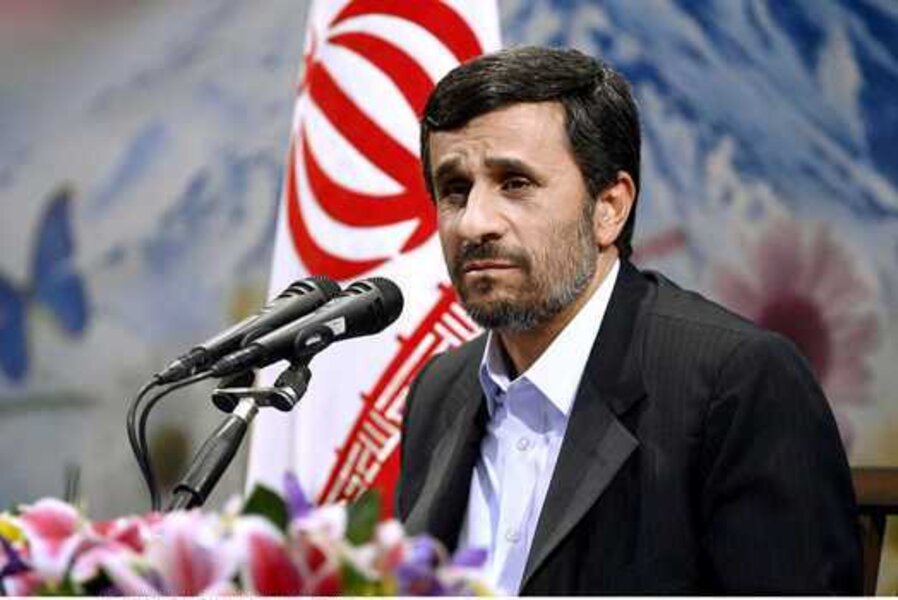Inspectors: Iran possibly working on nuke. What's the evidence?
Loading...
| Washington
The United Nations’ nuclear inspection agency, for the first time, has publicly declared that Iran may be working on a nuclear warhead. What is its evidence?
Much of the information comes from sensitive intelligence presumably given to the International Atomic Energy Agency (IAEA) by the United States, Germany, and other nations. The IAEA itself, in a report released Thursday, says only that the evidence pertaining to possible Iranian weaponization activity is extensive, consistent in technical detail, and “collected from a variety of sources over time.”
What the UN nuclear inspectors want
Specifically, the IAEA wants Iran to explain:
• Whether it has carried out activities involving high-precision detonators fired simultaneously. Some nuclear-weapon designs require such detonations before they explode.
• The extent of its work on missile-reentry body engineering. The IAEA suspects that Iran has carried out design work on a reentry vehicle interior designed for a nuclear payload.
• Whether it has developed a spherical implosion system. Spherical implosion is one of the basic kinds of nuclear-weapon designs.
• Whether it has engaged in an undeclared “green salt project” dealing with the production of feedstock for uranium enrichment projects.
The IAEA, in its new report, also says it would like Iran to discuss why various senior Iranian officials with links to military organizations have tried to obtain nuclear-related technology and equipment.
Taken together, these things suggest that Iran has an active nuclear-weapons program, one that has continued beyond 2004. Yet since August 2008, when IAEA officials first confronted Iran with these questions, Iranian officials have declined to discuss them.
Instead, Iran has asserted that “the allegations relating to possible military dimensions to its nuclear program are baseless and that the information to which the Agency is referring is based on forgeries,” says the Thursday IAEA report.
The charges in the report are not entirely surprising. The IAEA has alluded to such concerns in the past, writes Michael Levi, director of the program on energy security at the Council on Foreign Relations, in an analysis of the report.
But the UN agency “has never presented its accusations as strongly as in the new document, and has never elaborated them with the compelling detail that its new report includes,” Mr. Levi writes.
Iran having trouble with uranium enrichment?
US officials have pointed to one piece of good news in the new IAEA report: Iran appears to be having trouble with its uranium enrichment equipment.
Its rate of production of low-enriched uranium has fallen since the IAEA’s last such study. Some centrifuge cascades – uranium enrichment equipment – have been taken out of production.
It does indeed seem that Iran is not that great at enrichment of uranium, according to a new study by the Institute for Science and International Security (ISIS). Iran’s first-generation centrifuges are a design known to be dogged by vibration. It is possible that Iran has assembled them with substandard parts – and has even been hit by sabotage carried out by the intelligence agencies of the US, Israel, or some other nation opposed to the enrichment effort.
But the IAEA has confirmed that Iran has enriched small quantities of uranium to the 20 percent level. In the end, the country’s enrichment skills probably will be good enough, concludes the ISIS study. After all, it does not take that much fissile material to make a nuclear weapon.
“While Iran may take longer than expected to make sufficient weapon-grade uranium for a bomb, few believe it will fail in that effort,” concludes the ISIS study.
-----
Follow us on Twitter.





